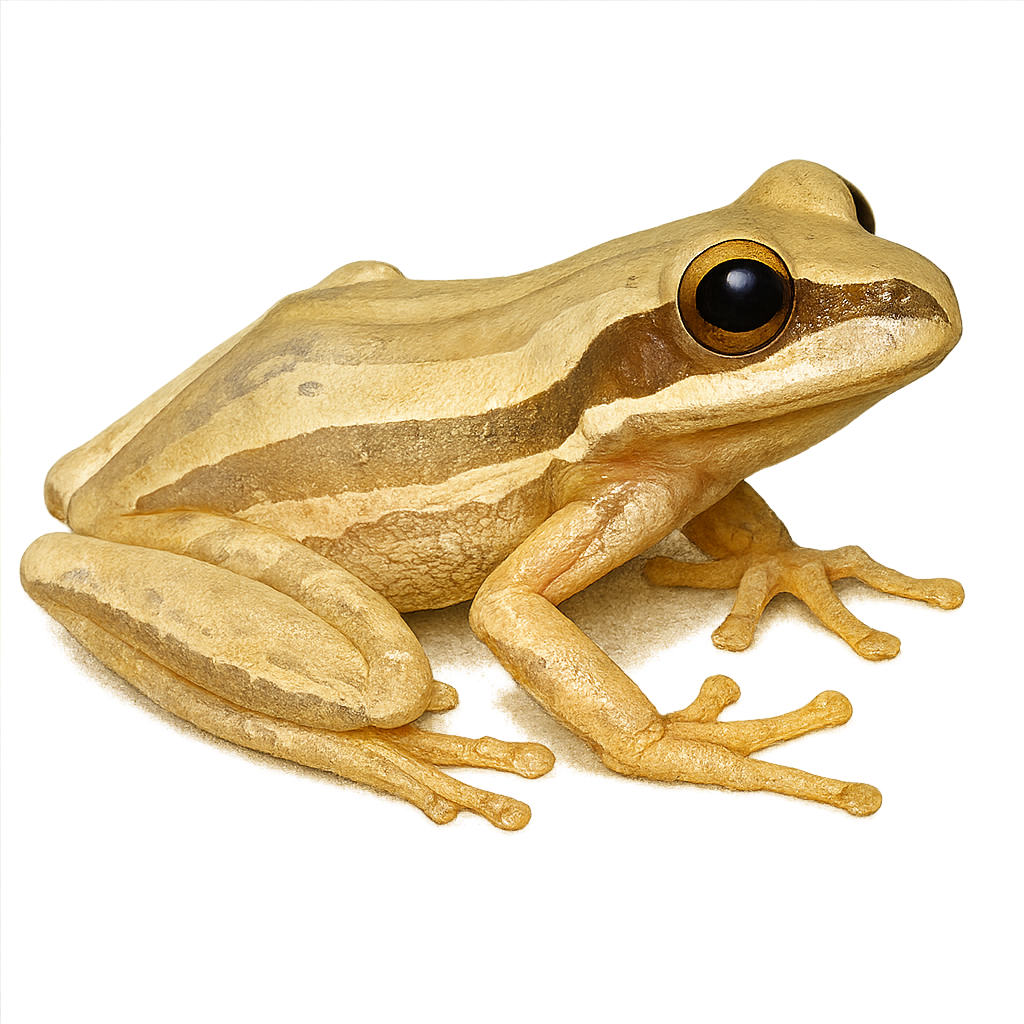Your wildlife photography guide.
Explore the cope's eastern paraguay treefrog in detail, study its behavior, prepare your shots.
Where to observe and photograph the cope's eastern paraguay treefrog in the wild
Learn where and when to spot the cope's eastern paraguay treefrog in the wild, how to identify the species based on distinctive features, and what natural environments it inhabits. The WildlifePhotographer app offers tailored photography tips that reflect the cope's eastern paraguay treefrog’s behavior, helping you capture better wildlife images. Explore the full species profile for key information including description, habitat, active periods, and approach techniques.
Cope's Eastern Paraguay Treefrog
Scientific name: Boana latistriata

IUCN Status: Least Concern
Family: HYLIDAE
Group: Amphibians
Sensitivity to human approach: Suspicious
Minimum approach distance: 2 m
Reproduction period: October to December
Incubation: N/A
Births: November to January
Habitat:
humid tropical forests, shrublands, swamps
Activity period :
Mainly active at night, generally discreet during the day.
Identification and description:
Boana latistriata, commonly known as the Cope's Eastern Paraguay Treefrog, is a species of amphibian in the Hylidae family. It is primarily found in the humid tropical forests of South America, particularly in Brazil. This frog is distinguished by its broad, dark lateral stripes that contrast with its green skin. It is generally nocturnal, feeding on insects and other small invertebrates. Its ability to adhere to vertical surfaces with its adhesive toes allows it to move easily in its arboreal habitat. Although its conservation status is concerning, it is still relatively widespread in some areas.
Recommended lens:
Macro – adjust based on distance, desired framing (portrait or habitat), and approach conditions.
Photography tips:
To photograph the Cope's Eastern Paraguay Treefrog, it is advisable to use a macro lens to capture the details of its skin and distinctive stripes. Shooting at night with soft lighting can help avoid unwanted reflections on its moist skin. Be patient and wait for the frog to settle on a leaf or branch to achieve a natural and aesthetically pleasing background.
The WildlifePhotographer App is coming soon!
Be the first to explore the best nature spots, track rutting seasons, log your observations, and observe more wildlife.
Already 1 432 wildlife lovers subscribed worldwide

